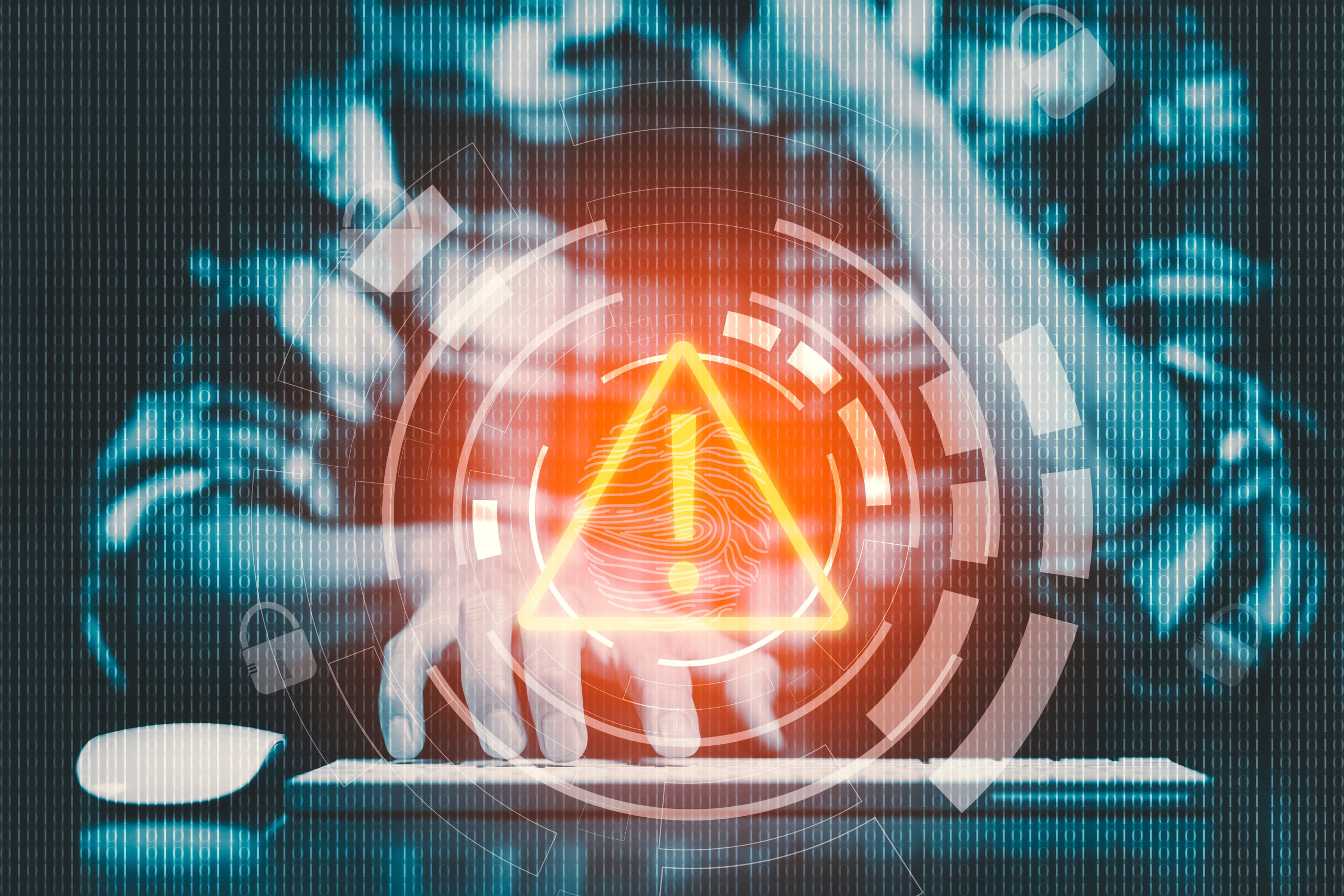[Webinar] Reimagining Ransomware Defense: Revealing and Removing the Hidden Risks of Security Control Failures
Are Your Security Controls Working Right Now? Let’s Prove It.
Read
Let’s face it—ransomware isn’t just a buzzword anymore; it’s a business reality. From high-profile attacks on hospitals to cyber criminals targeting supply chains, no organization is immune.
There were 1,204 confirmed ransomware attacks and 195.4 million compromised records in 2024, according to a recent study by Comparitech. But here’s the good news: you can take proactive steps to improve your defenses and ensure that your organization can withstand even the most determined attacker. Ransomware readiness is about more than just prevention—it’s about preparation, response, and resilience.
So, buckle up! We’re diving into the top five steps you need to take to prepare your organization for the inevitable ransomware threat (and yes, we’ve kept it simple and actionable).
You can’t protect what you don’t know you have. Start by mapping out the crown jewels of your organization—those assets that, if compromised, would cause serious harm.
Action Items:
Pro Tip: Prioritize assets that house sensitive customer data, intellectual property, or operational systems that are essential to business continuity.
Gone are the days when a strong perimeter defense was enough. With hybrid work and cloud environments, your organization needs a security approach that assumes no one and nothing can be trusted.
Core Components of Zero Trust:
You’ve invested in security tools, but are they actually working? Misconfigurations, outdated policies, and evolving threats can all create blind spots in your defenses.
Continuous validation ensures you know where your gaps are—before attackers do.
What You Should Do:
Dive deeper: into the hidden risks of security control failures that teams may be missing, read our blog The Hidden Risks of Security Control Failures.
Pro Tip: Testing and validation isn’t a one-and-done activity. Make it part of your ongoing security program to catch changes before they become vulnerabilities using managed services like OnDefend’s Ransomware Defense Validation (RDV).
Think of backups as your insurance policy. Even with the best security, breaches can happen. The key is ensuring you have clean, up-to-date backups that you can rely on during recovery.
Best Practices for Backups:
Fun Fact: Backups are a favorite target of ransomware attackers. 96% of ransomware attacks targeted backup repositories. Make sure yours are protected and isolated from the production network.
Let’s be honest—when ransomware hits, you don’t want to be scrambling to figure out what to do. A well-documented and tested response plan can mean the difference between a contained incident and a full-blown crisis.
What Your Plan Should Cover:
Pro Tip: OnDefend’s Ransomware Defense Validation (RDV) services will simulate a real-world attack to test your incident detection and response protocols and determine if your response teams are optimally functioning.
Ransomware readiness isn’t a checkbox; it’s an ongoing process. By taking these five steps, you’ll be well on your way to building a resilient organization that can prevent, detect, and respond to ransomware threats with confidence. Don’t wait until you’re in the middle of an attack to realize you weren’t ready. Start today, iterate, and continuously improve.
Oh, and one last thing: Reach out to us here if you need help validating your defenses or simulating real-world ransomware attacks. We’ve got your back (and your backups!).